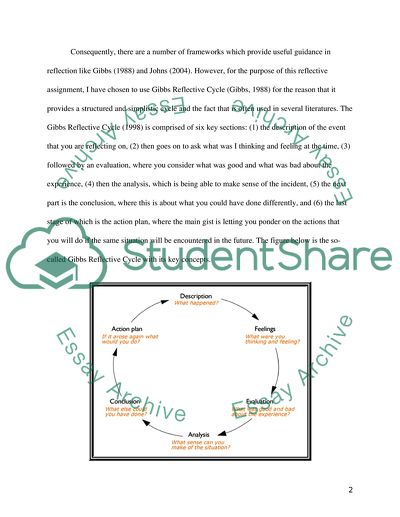Cite this document
(Reflection as a Concept Essay Example | Topics and Well Written Essays - 3000 words - 1, n.d.)
Reflection as a Concept Essay Example | Topics and Well Written Essays - 3000 words - 1. Retrieved from https://studentshare.org/social-science/1724816-reflection
Reflection as a Concept Essay Example | Topics and Well Written Essays - 3000 words - 1. Retrieved from https://studentshare.org/social-science/1724816-reflection
(Reflection As a Concept Essay Example | Topics and Well Written Essays - 3000 Words - 1)
Reflection As a Concept Essay Example | Topics and Well Written Essays - 3000 Words - 1. https://studentshare.org/social-science/1724816-reflection.
Reflection As a Concept Essay Example | Topics and Well Written Essays - 3000 Words - 1. https://studentshare.org/social-science/1724816-reflection.
“Reflection As a Concept Essay Example | Topics and Well Written Essays - 3000 Words - 1”, n.d. https://studentshare.org/social-science/1724816-reflection.


